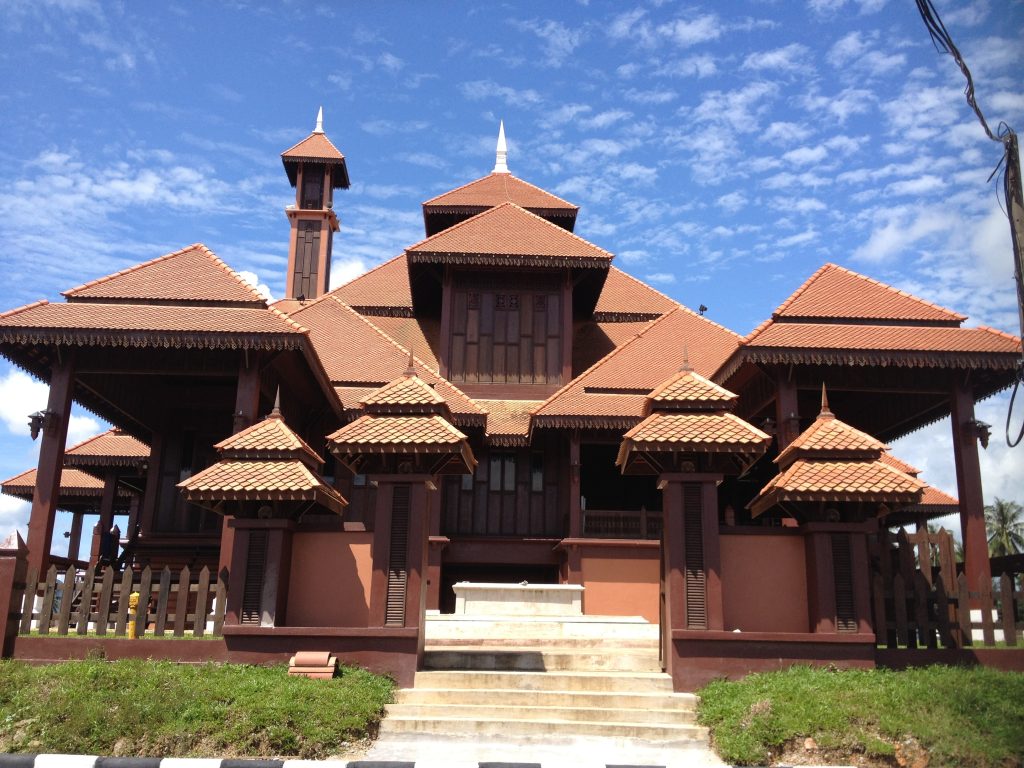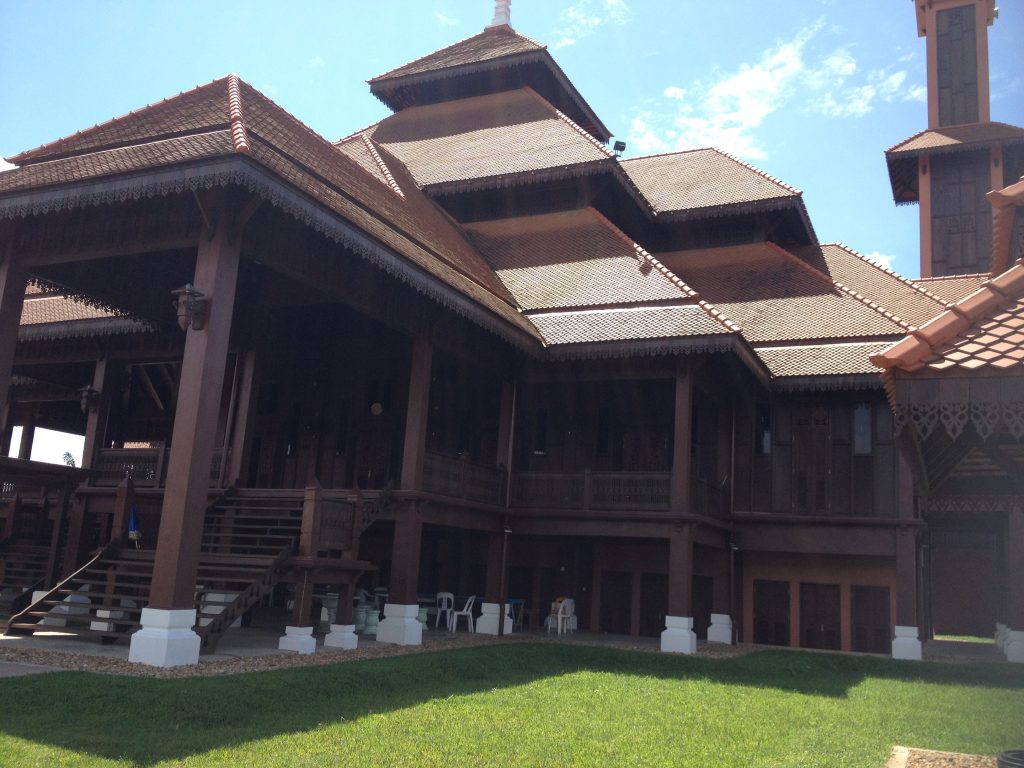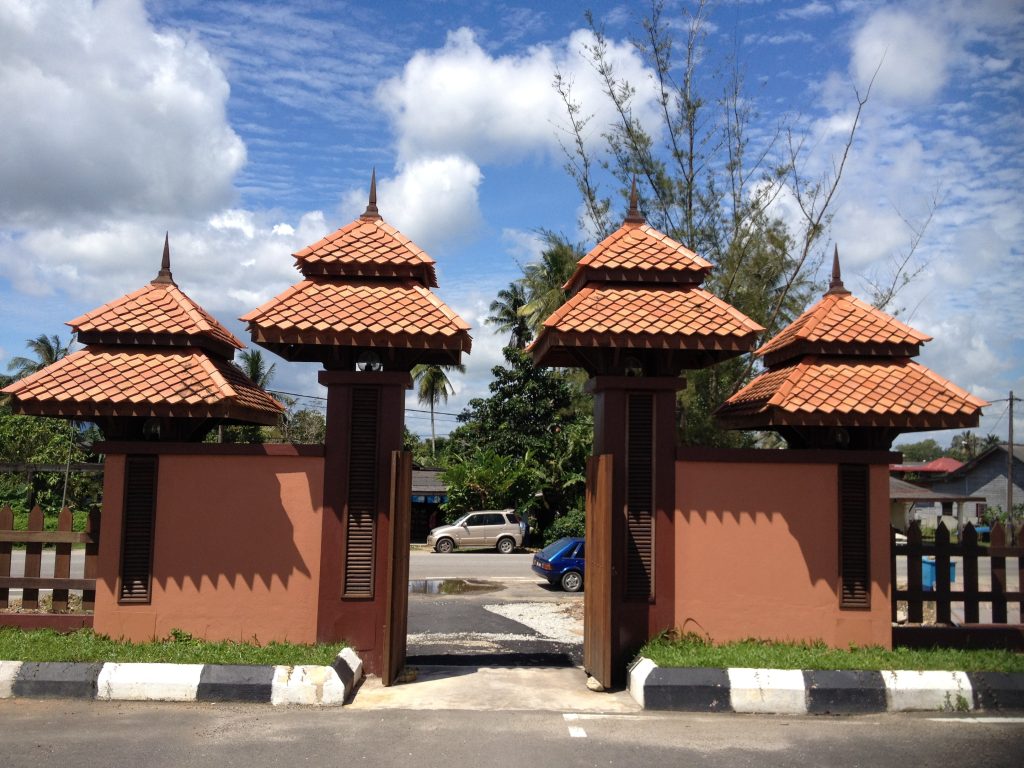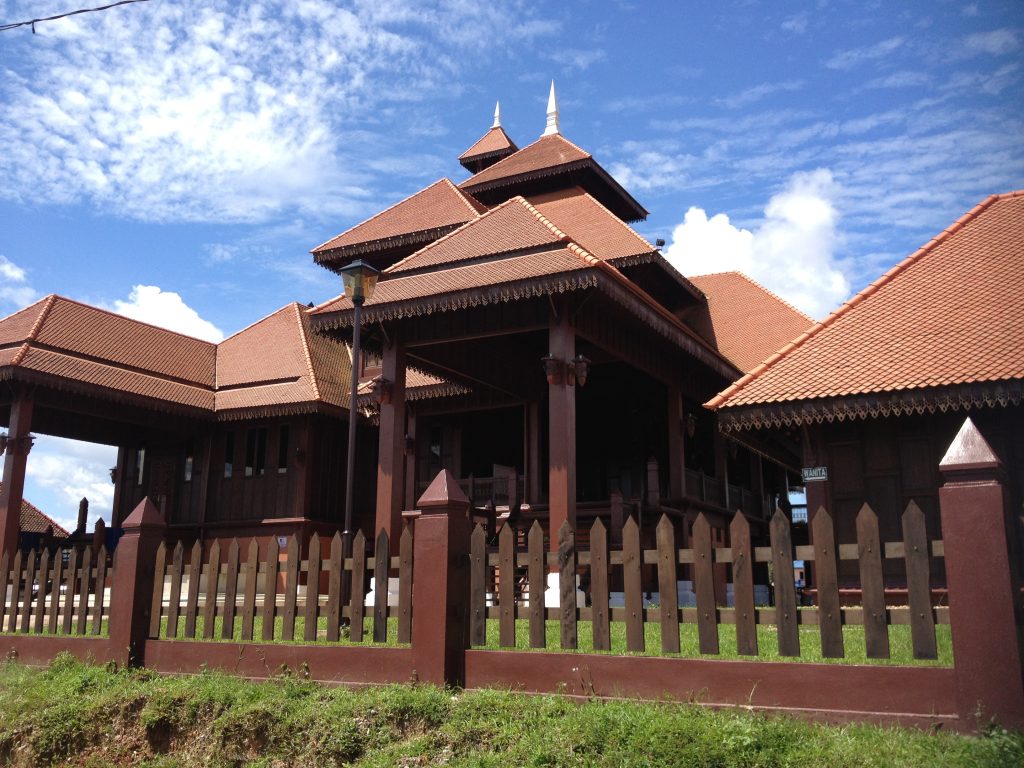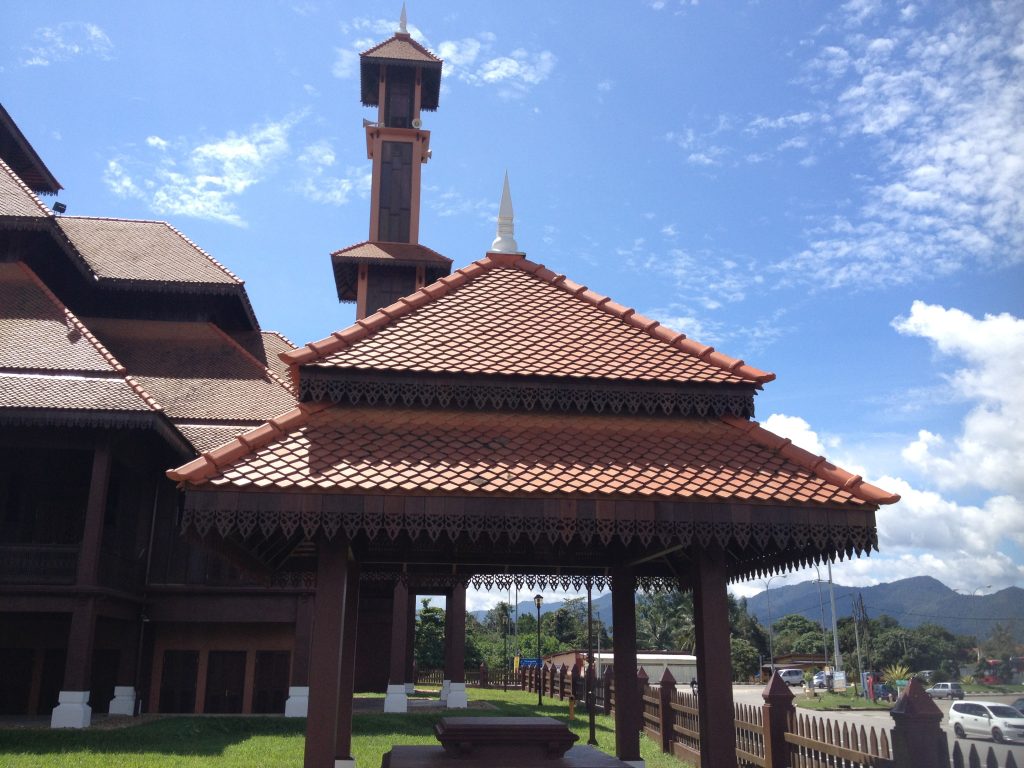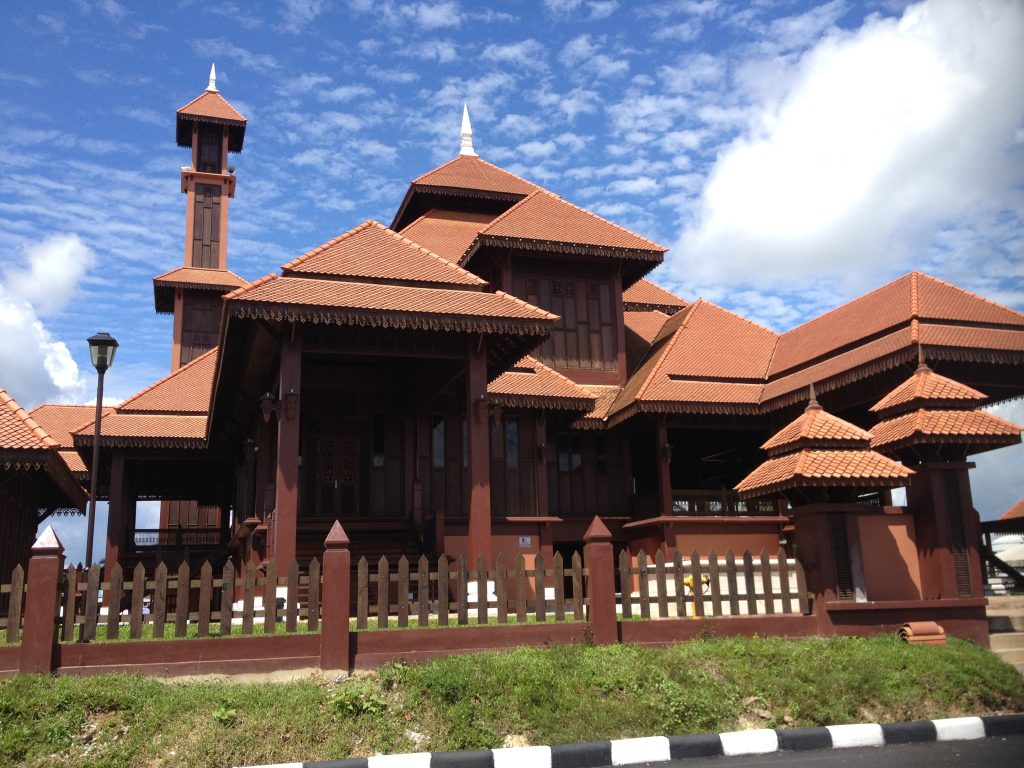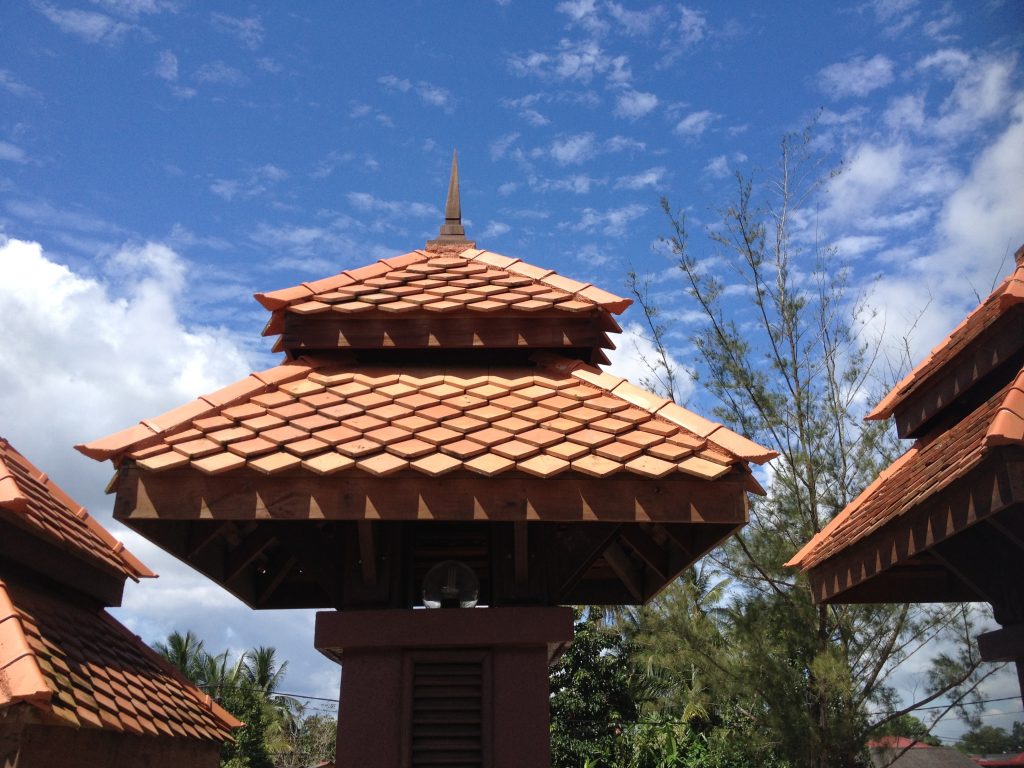
TILE DETAIL
Terracotta roof tiles are a type of clay-based roofing material that have been used for centuries due to their durability, aesthetic appeal, and natural insulation properties. Here’s a breakdown of key points about terracotta roof tiles:
Overview
-
Material: Made from natural clay, fired at high temperatures.
-
Color: Traditional terracotta has a reddish-brown color, though tiles can be glazed or treated for different shades.
-
Shape: Common shapes include flat, S-shaped (Spanish), barrel (Mission), and interlocking profiles.
Benefits
-
Durability: Can last 50–100 years with proper maintenance.
-
Weather resistance: Good for hot climates; resistant to UV rays and fire.
-
Energy efficiency: Natural thermal insulation reduces indoor temperatures.
-
Aesthetics: Provides a classic, Mediterranean-style look.
-
Low maintenance: Resistant to rot and insect damage.
Considerations
-
Weight: Heavier than many roofing materials; the roof structure must be strong enough to support them.
-
Installation: Requires professional installation; more complex than asphalt shingles.
-
Cost: Higher initial cost, but lower lifetime maintenance and replacement cost.
-
Residential homes (especially in warmer climates)
-
Heritage buildings and restorations
-
Resorts and villas with Mediterranean or Spanish architectural styles
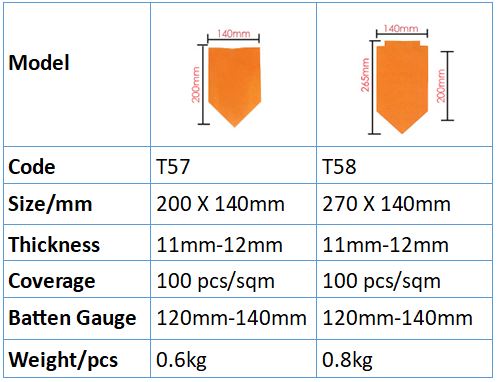
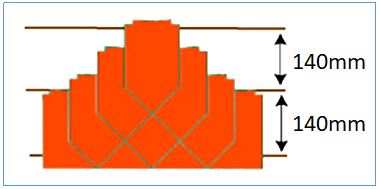
MASJID KG LAUT KELANTAN
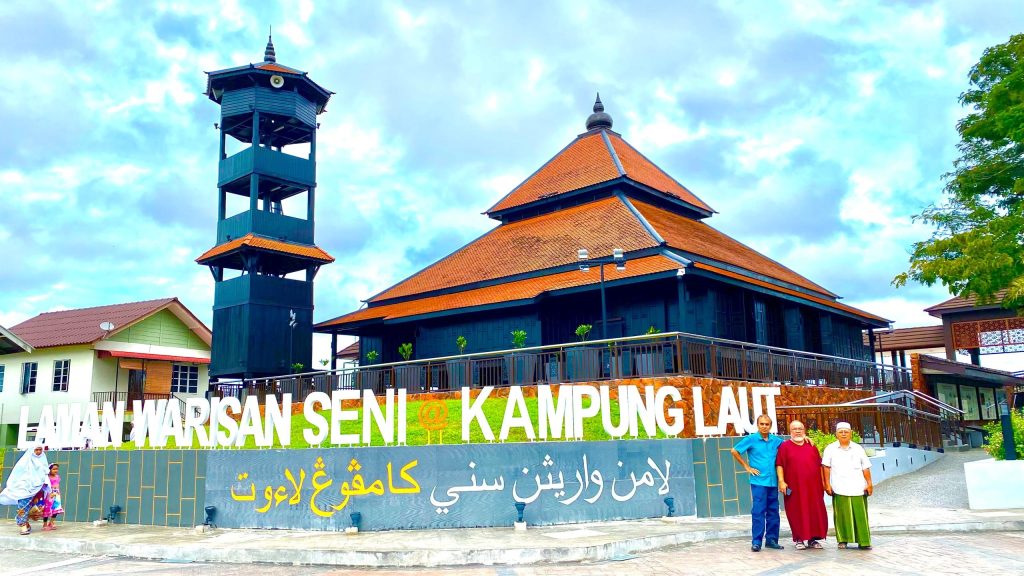
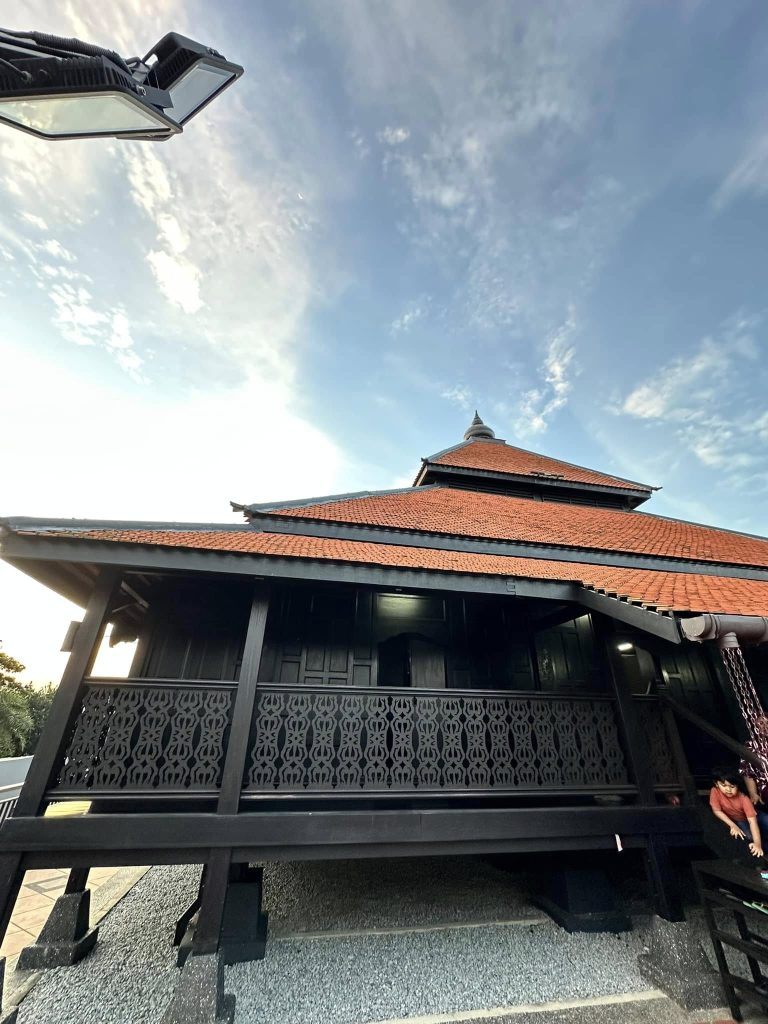
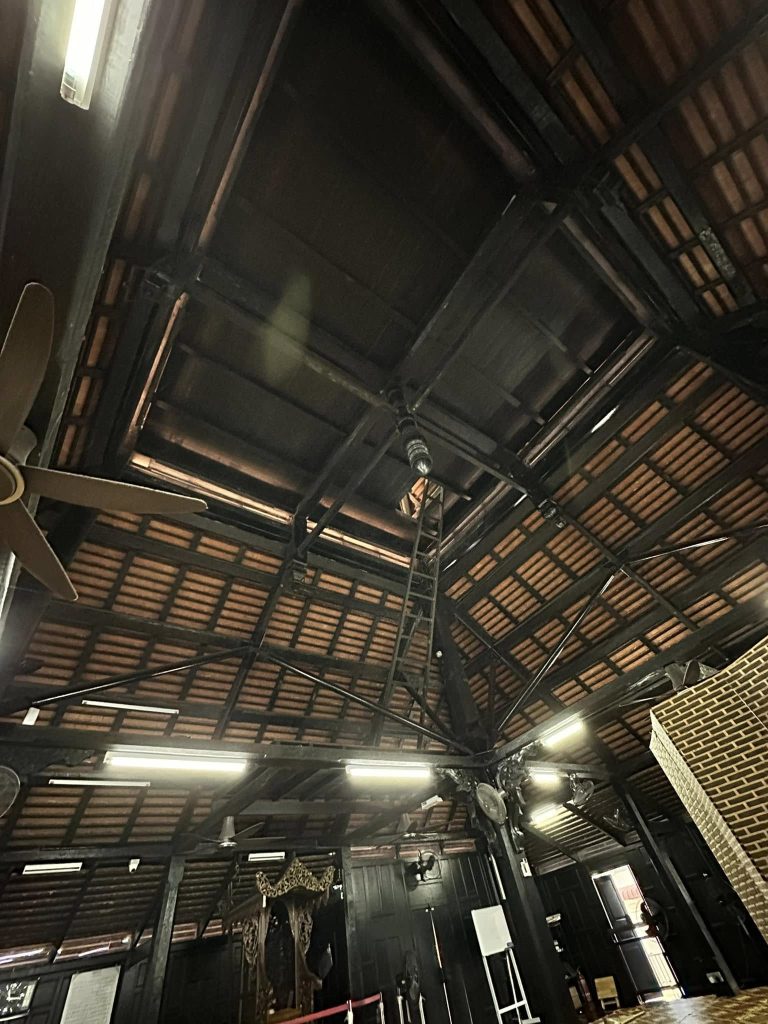
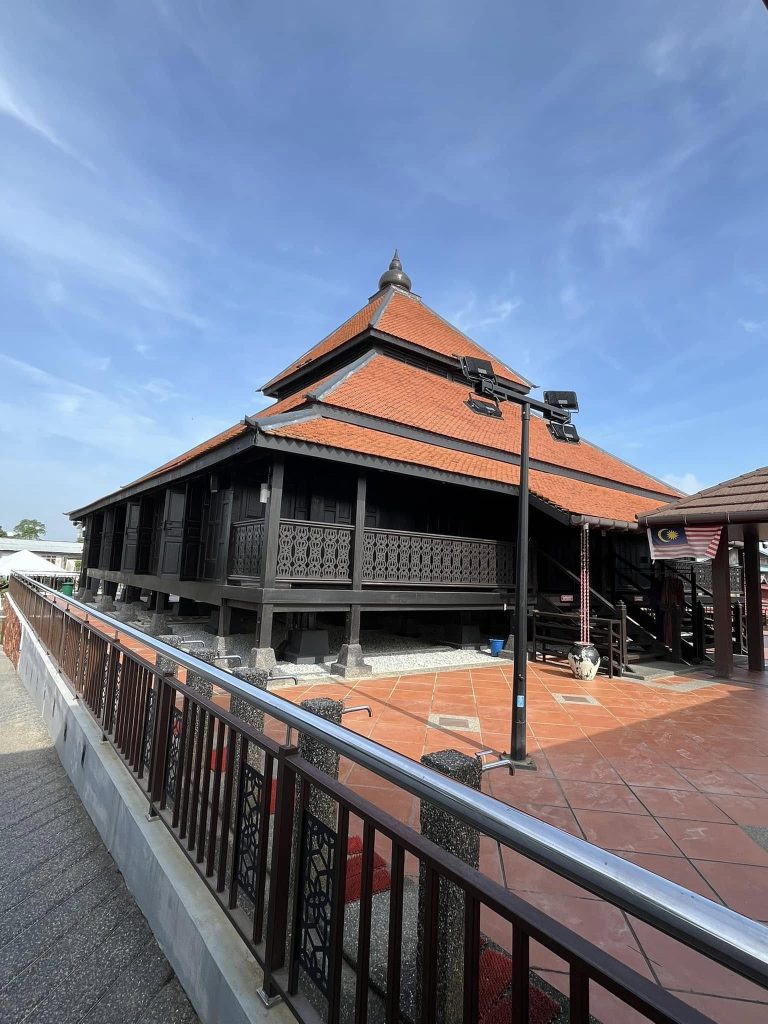
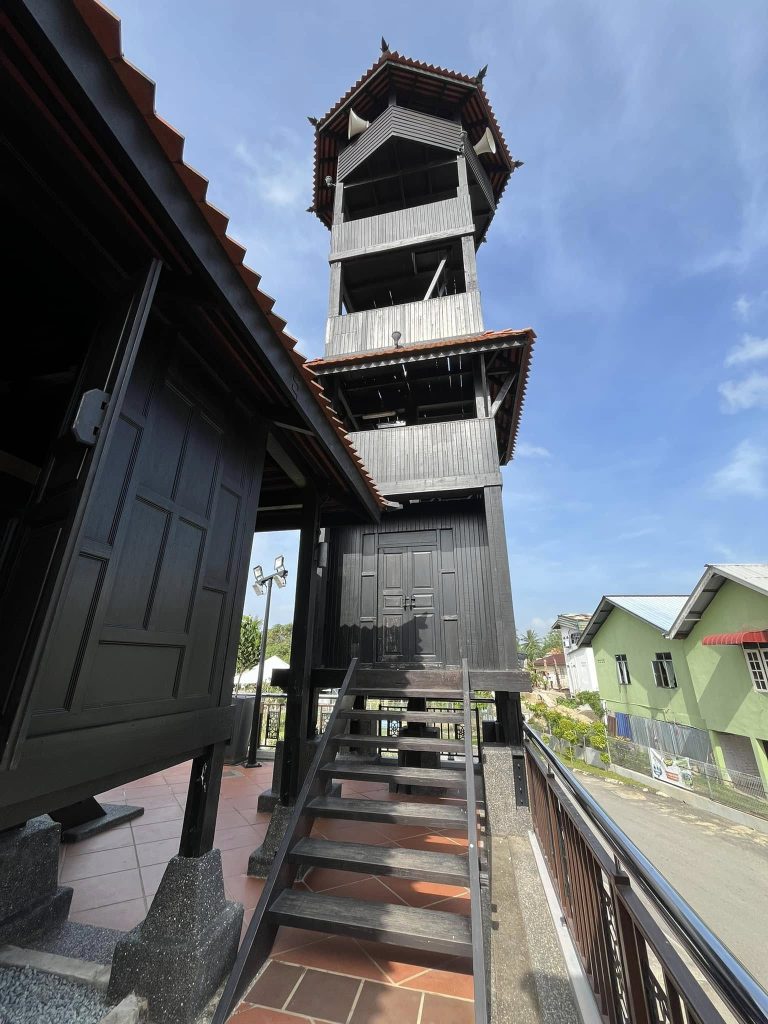
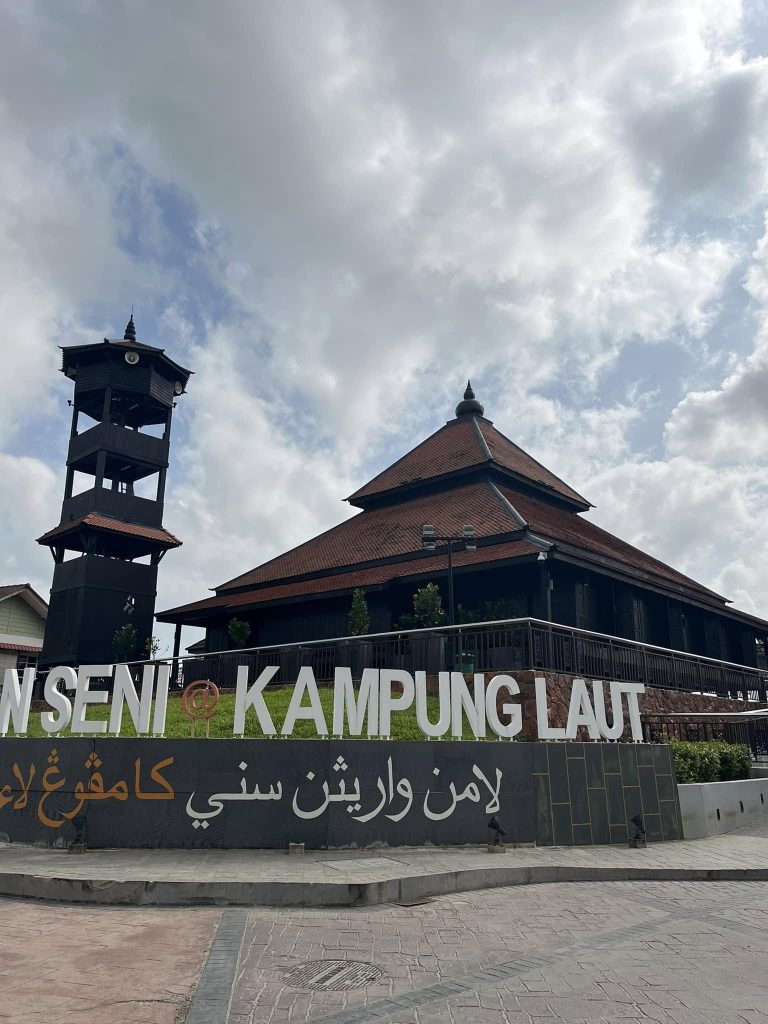

MASJID ULUL ALBAB TERENGGANU
